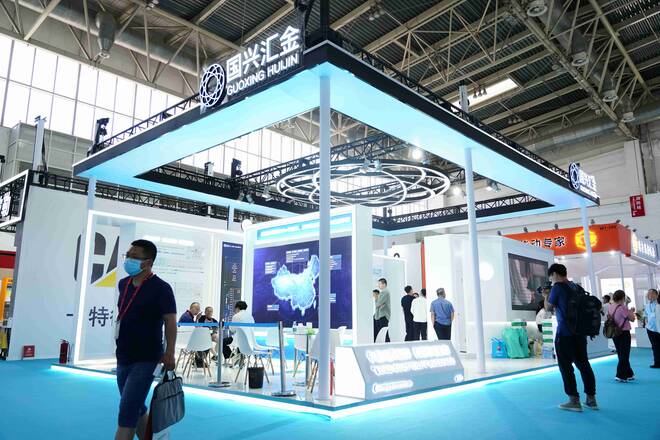
This operating well is a production well in the Steam Assisted Gravity Drainage (SAGD) YY well group. The well uses a three-open hole section design, starting to build angle at around 134 meters, with a horizontal section of 379 meters and a final drilled depth of 818 meters. The target layer has an average porosity of 25.04%, an average permeability of 27.73 mD, and an injection steam temperature of 220°C.
During the injection process, the high-temperature steam did not reach the target layer effectively, and the oil displacement effect was not significant.
Our company employed distributed fiber optic sensing technology by installing high-temperature optical fibers in the well to monitor the temperature changes throughout the entire wellbore in real time. We characterized the temperature distribution features of the horizontal section wellbore and identified the heating levels in different layers.
Based on the feedback from distributed fiber optic sensing results, it was determined that the wellbore was blocked due to a suspected cause (believed to be mud clogging), preventing high-temperature steam from reaching the bottom of the well. Using data recorded by the distributed fiber optic system, the issue in the wellbore was promptly identified, and measures to unblock the well were proposed. After well flushing, multiple blockages were cleared, though the section within approximately 30 meters of the bottom remained partially obstructed. The post-flushing wellbore condition was reassessed, and further measures were recommended to the client to address this segment effectively. This successfully resolved a major issue encountered during the well's production process. Distributed fiber optic sensing technology provides valuable insights for predicting reservoir heating conditions and optimizing injection-production profiles.

